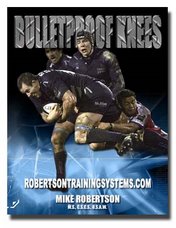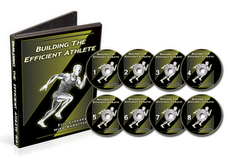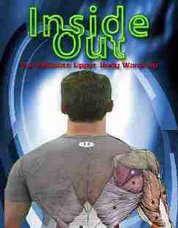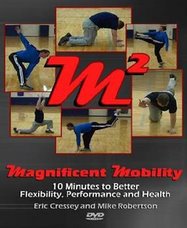Mike,
Love the blog!
Can you talk a little bit more about what you mean by 'cybernetic programming', and give us some examples of how you use that?
Thanks!
Yudi Kerbel, NASM-CPT
First off, thanks for the question Yudi! If anyone else has questions they want me to cover, please leave them in the "Comments" section.The term cybernetic periodization was first coined (as far as I'm aware of) by Mel Siff in his textbook Supertraining. The essence of the concept is that you need to be able to adjust your training on the fly dependent upon how you're feeling. Here's an example:
My MMA fighter Dan came in for his workouts this week looking beat up. Now, this is to be expected - he's training at a new facility with better fighters, AND he's peaking for a fight next weekend. While I still would've liked for him to get a few heavy/explosive lifts in this week, it wasn't really in the cards as I had originally programmed.
If I were a slave to the program as originally written, he would've lifted heavy regardless - but in all honesty, that would've been stupid. I would've beaten him up worse, his lifts would probably have looked terrible, and I'd risk getting him injured. Also, in case I didn't mention it before, Dan is an MMA fighter - I have no desire to be arm-barred or choked out in my own gym!
Instead, we focused on getting a good lift or two in each day and then really geared back his assistance lifts. This gives him extra recovery time and, in the long run, will allow him to be at his best come next weekend.
That's the essence of cybernetic periodization - lift hard/heavy/fast on the days you feel really good. On the days you don't, gear things back so that the next time you hit the gym you're ready to go. It really comes down to listening to your body and doing what it's capable of on any given day.
I hope that helps - good luck!
Stay strong
MR









